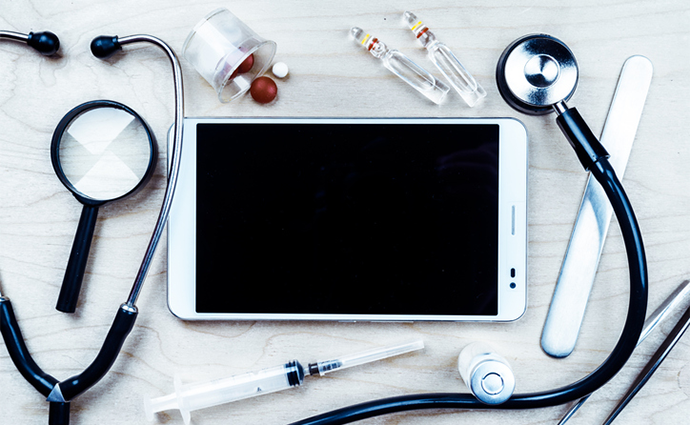Telehealth Boosted Access to Follow-Up Visits for Black Patients
Following the adoption of telehealth, Black patients saw high completion rates for follow-up visits after hospitalizations, suggesting the modality increased access to care, a study found.

Source: Getty Images
- In the first few months of the COVID-19 pandemic, Black patients saw a higher increase in post-discharge follow-up appointments compared to white patients, which coincided with the boom of telehealth adoption, a study published in the Journal of General Internal Medicine found.
Post-discharge follow-up appointments can be key to reducing hospital readmissions. Just as many health systems transitioned to using telehealth for initial preventive, primary, and behavioral healthcare visits, hospitals utilized the virtual modality to conduct follow-up visits for recently released patients.
Researchers at the Perelman School of Medicine at the University of Pennsylvania analyzed all scheduled follow-up appointments from five Penn Medicine hospitals between January 1, 2019, and April 30, 2021. They noted patient demographics, completion rates, and whether the visit was virtual or in-person.
From January to June 2020 — which encapsulated the start of the COVID-19 pandemic — post-discharge visit completion rates for telehealth and in-person appointments increased from 62 to 72 percent and remained high for the rest of the year.
Black patients in particular saw a steep increase in follow-up visit completion rates, going from 52 percent in January to 70 percent in June. Meanwhile, white patients saw a slight decrease, with a 68 percent completion rate in January and 67 percent in June.
This increase among Black patients coincided with the rapid adoption of telehealth during the pandemic, which suggests that virtual care may have increased access to follow-up visits for this patient population.
Historically, Black patients have had high no-show rates for follow-up appointments after hospitalization, according to Eric Bressman, MD, the lead author of the study and a fellow in the National Clinician Scholars Program.
“We do have data from here in Philadelphia that there are racial inequities in geographic access to primary care providers,” Bressman said in a press release. “That is one factor among many that may influence whether a patient is able to make it to a scheduled appointment. It is also one of the ways in which telemedicine might level the playing field in terms of accessing primary care services.”
In April 2020, telehealth accounted for more than 80 percent of all follow-up visits, the researchers found.
Telehealth also yielded benefits for patients in the second half of 2020. After June 1, discharged patients who had a telehealth visit were more likely to be Black, female, and younger, compared to patients who had an in-person visit.
The average time between a discharge and a follow-up appointment declined by nearly 1.5 days when the visit was conducted via telehealth. Additionally, the rate of scheduled follow-up visits within seven days of hospitalization was 8 percent higher for telehealth, compared to in-person visits. Completion rates were also 22 percent higher for virtual visits.
“While there remain important open questions about the relative quality of different kinds of telemedicine appointments, our findings show reduced time to follow-up and improved appointment show rates, which is certainly encouraging,” Bressman said. “But the sharp narrowing of racial disparities in visit completion rates was a surprise, in part because there is so much mixed information on telemedicine’s impact on disparities in access to care.”
Research does show that telehealth may help reduce racial care disparities and improve access to care by eliminating geographic barriers, including the need to travel and find transportation, but this may only be achieved if patients have equal access to proper technology.
